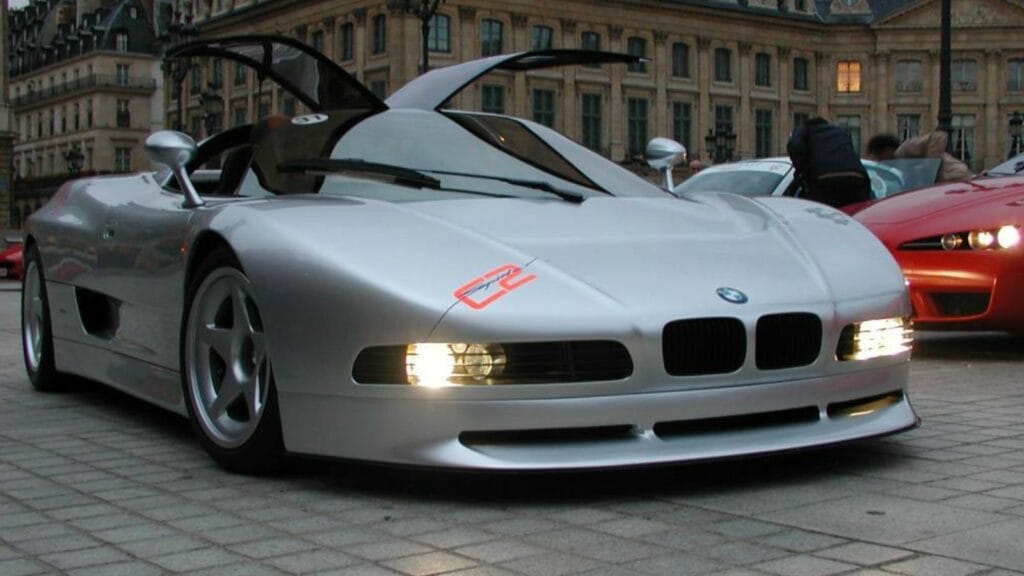Concept cars are a blend of ambition, imagination, and engineering optimism. Some of them make it to the showroom with only slight changes. Others vanish like a puff of tire smoke. In Canada and beyond, gearheads have long watched the auto shows, waiting to see which wild machines will become reality and which will remain just poster dreams. Here are seven concept cars that never made it into production, followed by seven that actually did.
Cadillac Sixteen (2003)

In 2003, Cadillac unveiled the Sixteen, a luxury sedan powered by a monstrous 13.6-litre V16 engine that delivered over 1000 horsepower. It was meant to evoke the prewar opulence of Cadillac’s golden years. The exterior was sleek, the interior was fit for royalty, and the engine could shut down cylinders to save fuel. But even for Cadillac, it was too much. The Sixteen remained a showpiece, far too big and expensive for real world production.
Chrysler ME Four Twelve (2004)

Chrysler showed up to the 2004 Detroit Auto Show with a four turbocharger supercar called the ME Four Twelve. Its name referred to the mid engine layout, four turbos, and twelve cylinders. Boasting 850 horsepower and a claimed top speed of over 240 miles per hour, it was outrageous. Built in partnership with AMG, the car stunned audiences. But Chrysler had no experience producing supercars, and the financial risk was too high. The ME Four Twelve stayed in the realm of what if.
Ford Shelby GR 1 (2005)
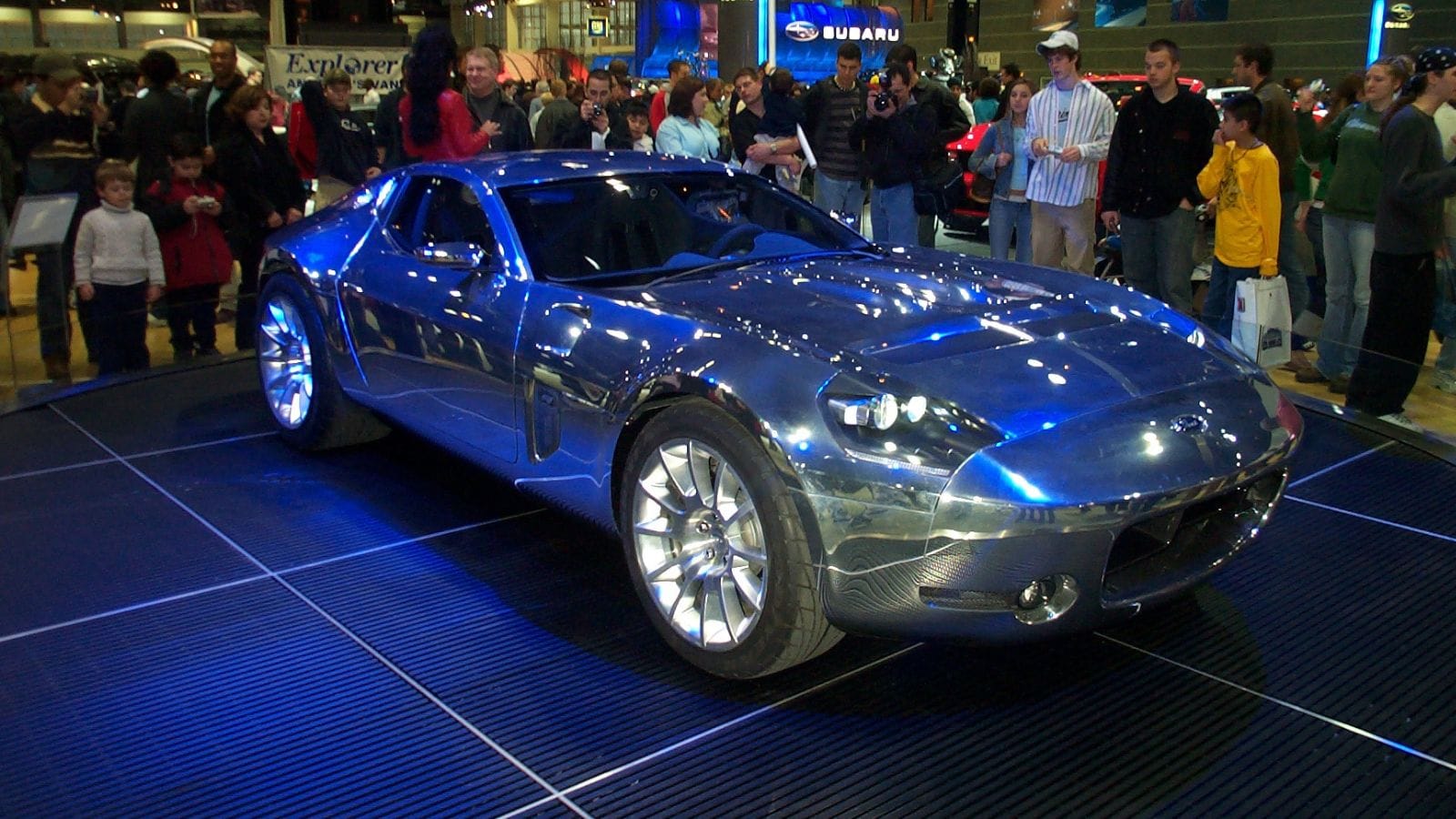
In 2005, Ford paid homage to the iconic Shelby Daytona Coupe with the Shelby GR 1 concept. Built on a modified Ford GT chassis, it featured a 6.4-litre V10 under a shimmering hand-built aluminum body. It looked like molten metal shaped into a muscle car. The car had the performance chops to match its appearance, but production costs and niche appeal kept it from becoming a reality. The GR 1 remains a fan favourite among unbuilt legends.
Lamborghini Estoque (2008)
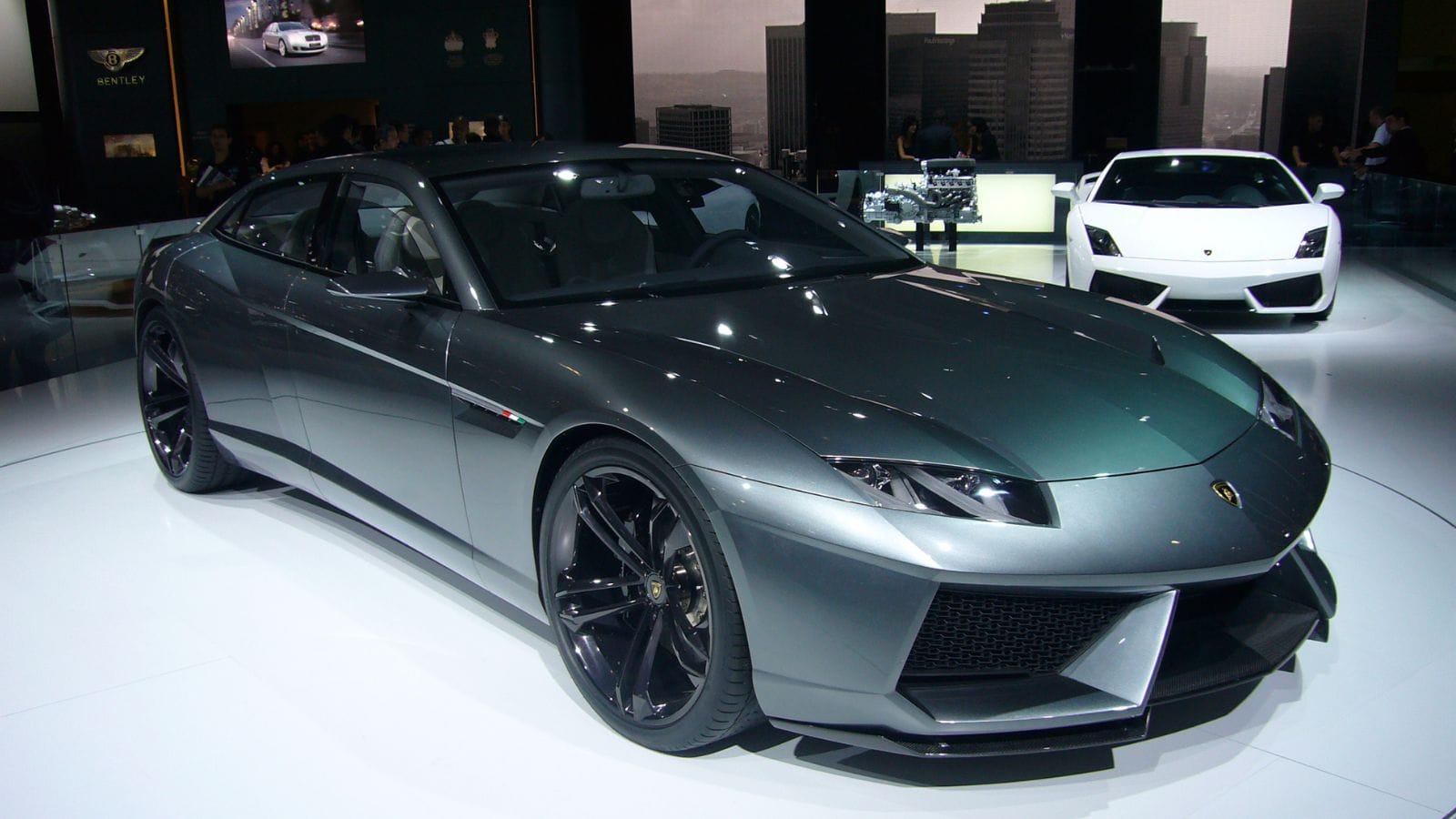
When Lamborghini revealed the Estoque in 2008, it turned heads by going four door. The design was sharp and aggressive, maintaining the Lamborghini DNA while offering unexpected practicality. It was powered by a V10 and aimed at Ferrari’s front engine sedans. Despite interest, the project was shelved. Lamborghini later said the timing was not right, and eventually shifted focus to the more profitable Urus SUV. Still, the Estoque showed a glimpse of a more grown up Lambo that never arrived.
BMW Nazca M12 (1991)

Designed by Italdesign under the watchful eye of Giorgetto Giugiaro, the Nazca M12 debuted in 1991. It had a futuristic body made of carbon fiber, a low slung design, and a mid mounted BMW V12 borrowed from the 750iL. The gullwing windows and sleek proportions made it look like it came from a sci fi movie. BMW showed multiple versions between 1991 and 1993, but the car never made it past prototype stage. It was too expensive and too exotic for production.
Toyota Alessandro Volta (2004)
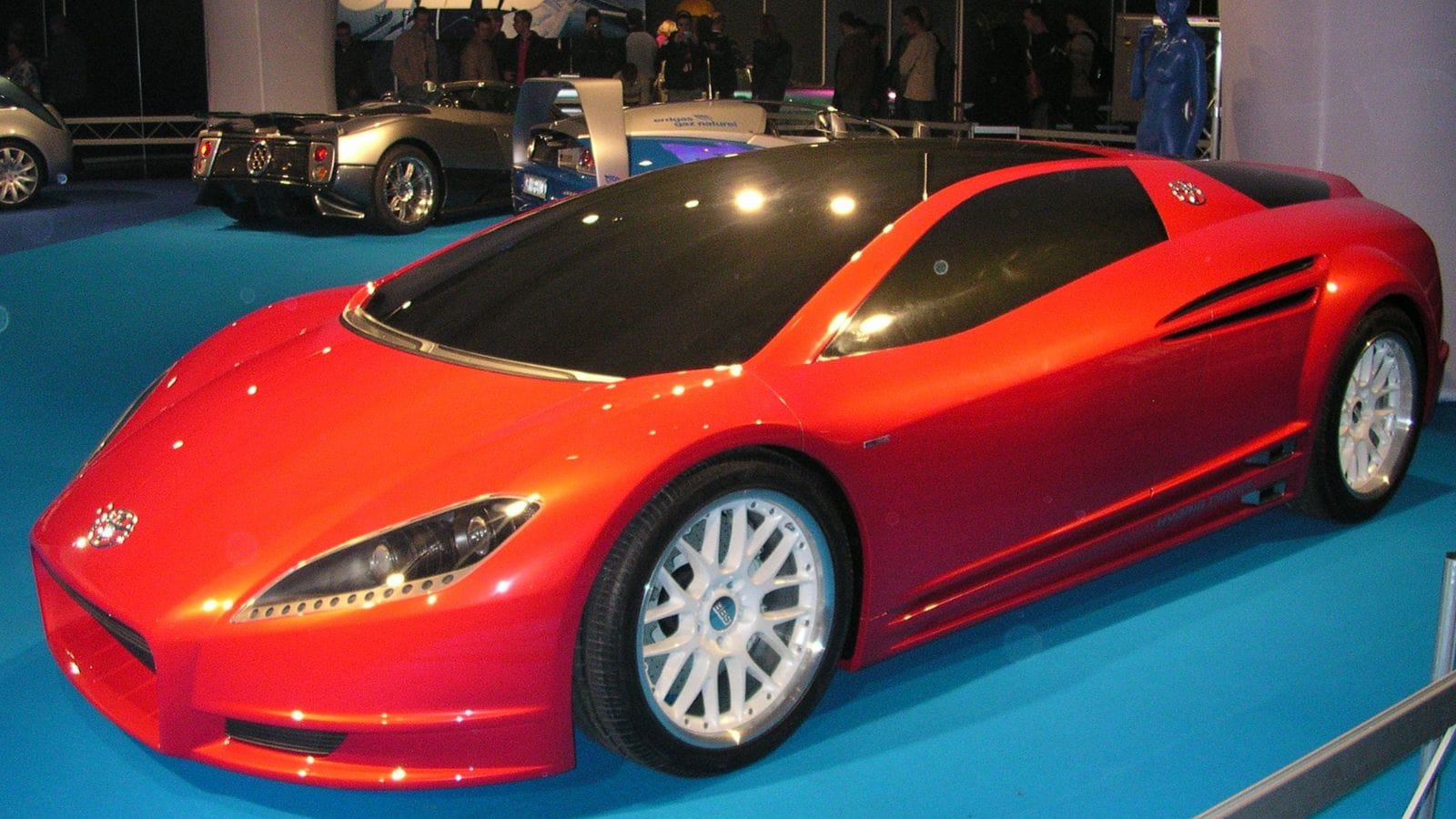
Named after the inventor of the battery, the Alessandro Volta was a hybrid sports car concept introduced by Toyota in 2004. Created in collaboration with Italdesign, it used a 3.3 liter V6 hybrid system producing 400 horsepower with all wheel drive and an advanced lightweight chassis. While it was visionary, Toyota decided to focus on hybrid efficiency over performance. The Volta became a footnote while the Prius went on to define the company’s green image.
Buick Avista (2016)
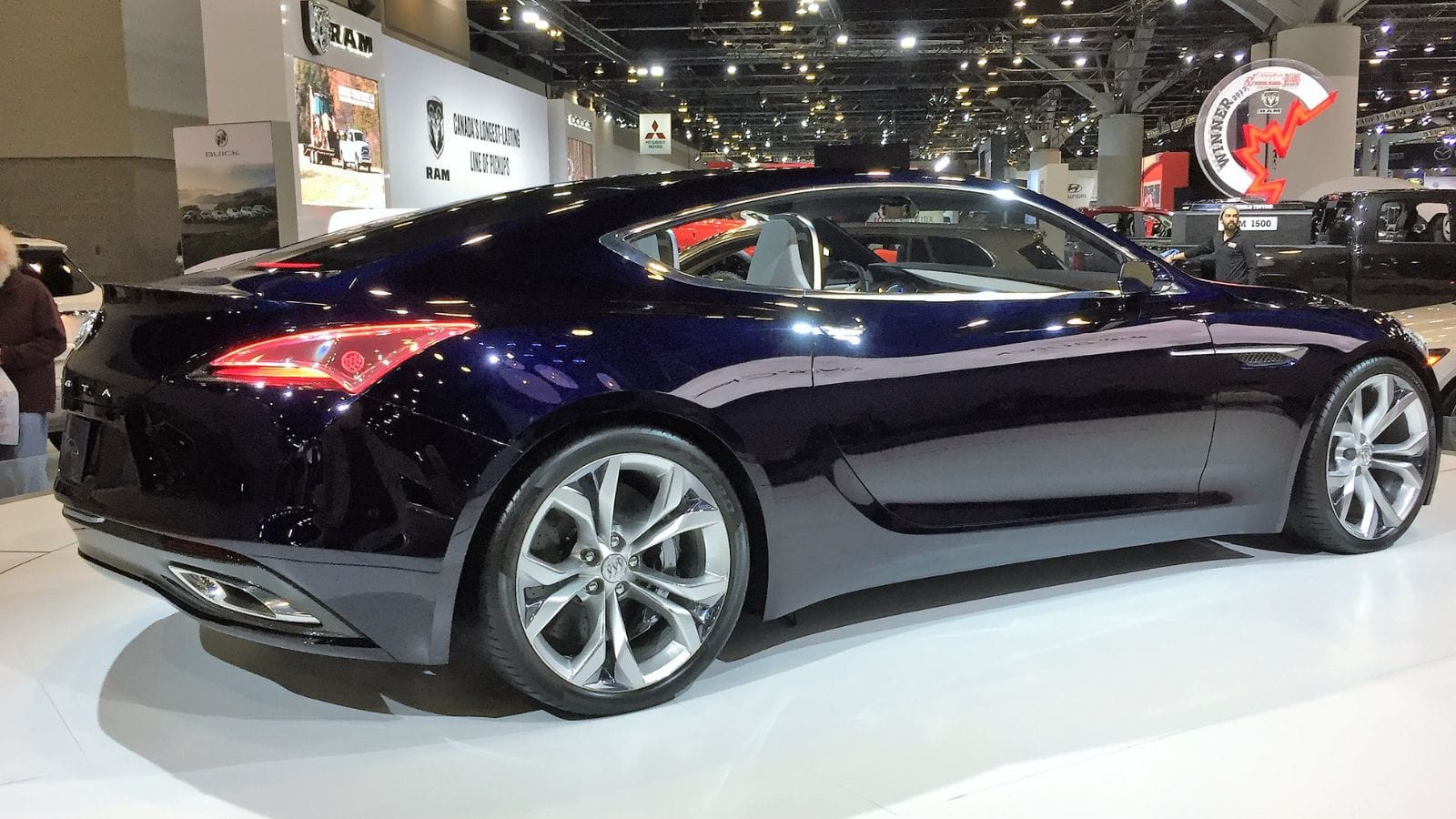
When Buick unveiled the Avista coupe concept in 2016, car enthusiasts did a double take. It was beautiful, aggressive, and totally unlike the beige sedans the brand was known for. With a twin turbo V6 and rear wheel drive, it looked like a budget Aston Martin. The design received praise across the board, and many hoped it would see production. Unfortunately, GM decided it did not fit Buick’s brand strategy. The Avista remains one of the best looking missed opportunities in recent memory.
Ford GT (2005 and 2017)

Originally revealed as a concept in 2002, the Ford GT stunned the world by actually making it to production in 2005. It was a faithful tribute to the original GT40 that conquered Le Mans in the 1960s. Powered by a 5.4 liter supercharged V8, it delivered raw, analog performance. In 2017, Ford did it again with a second generation GT powered by a twin turbo V6 and loaded with carbon fibre and aero trickery. Both cars became icons, proving that wild concepts can become street legends.
Tesla Cybertruck (2019)
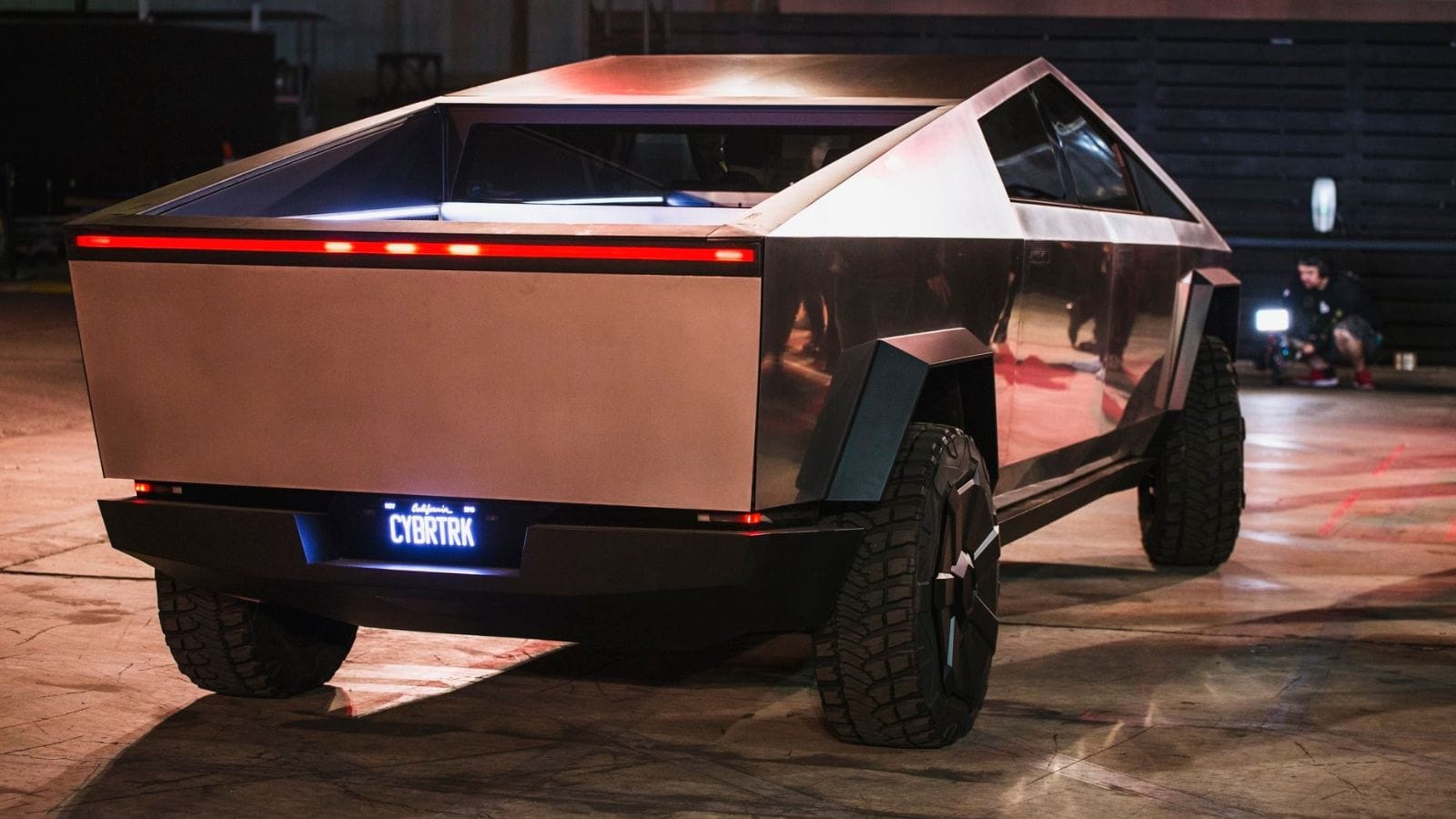
When Tesla revealed the Cybertruck in 2019, most people thought it was a publicity stunt. Its stainless steel exoskeleton, angular design, and shatter resistant windows looked straight out of a video game. Despite delays and skepticism, Tesla pushed it into production by 2023. The final product retained its outrageous design and hit the roads as one of the most polarizing vehicles ever built. Love it or hate it, the Cybertruck proved that sometimes even the weird ones make it.
Dodge Viper (1992)
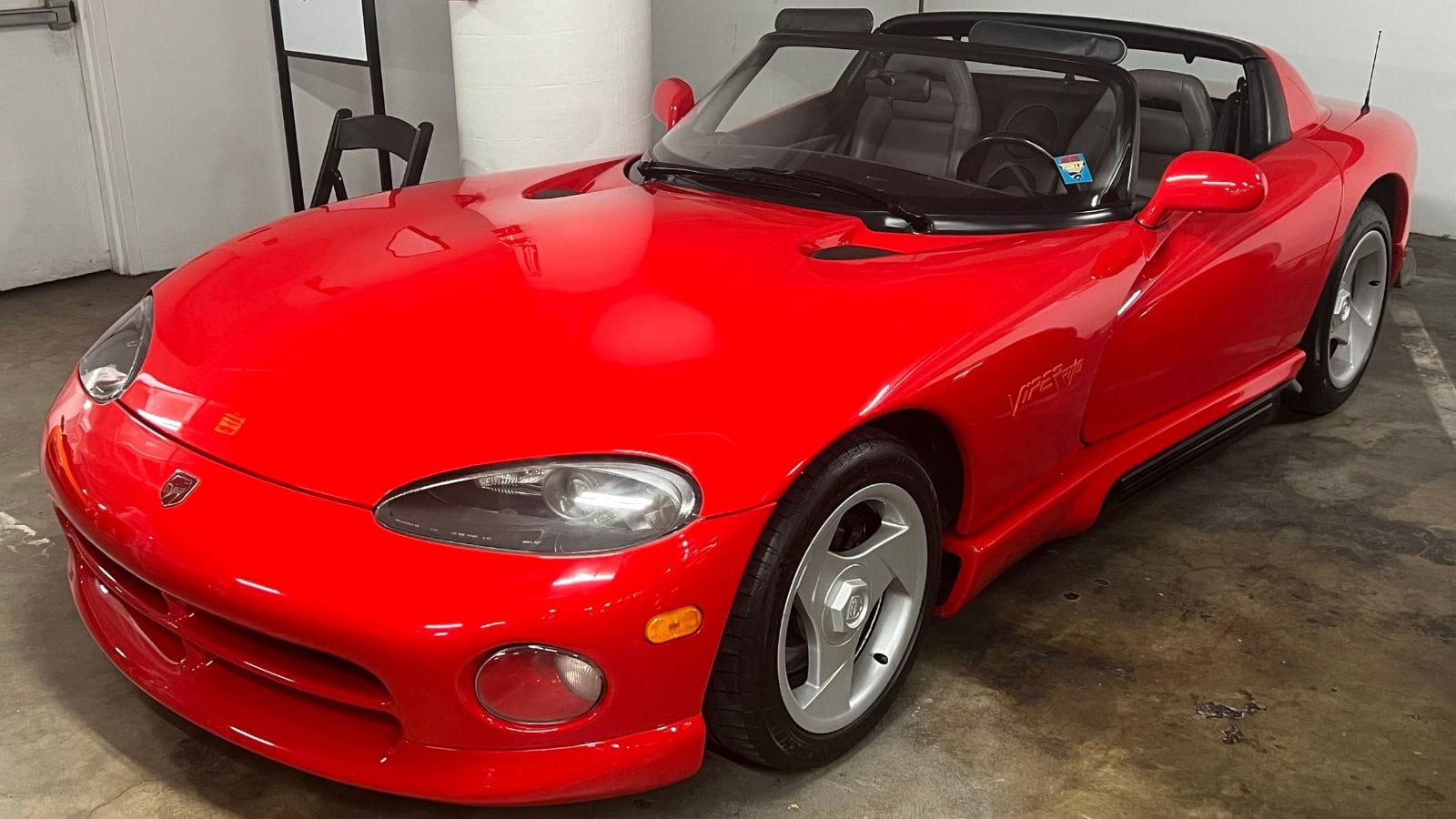
The original Viper concept was unveiled in 1989 and looked like a V10 powered Hot Wheels car. People laughed at the idea of Dodge building a purist roadster with no roof, no windows, and enough torque to spin the planet. But in 1992, the Viper RT 10 hit showrooms. It was raw, loud, and dangerous. Over the years, it gained creature comforts but never lost its savage charm. The Viper became a symbol of American performance with a snake bite attitude.
Chevrolet SSR (2003)
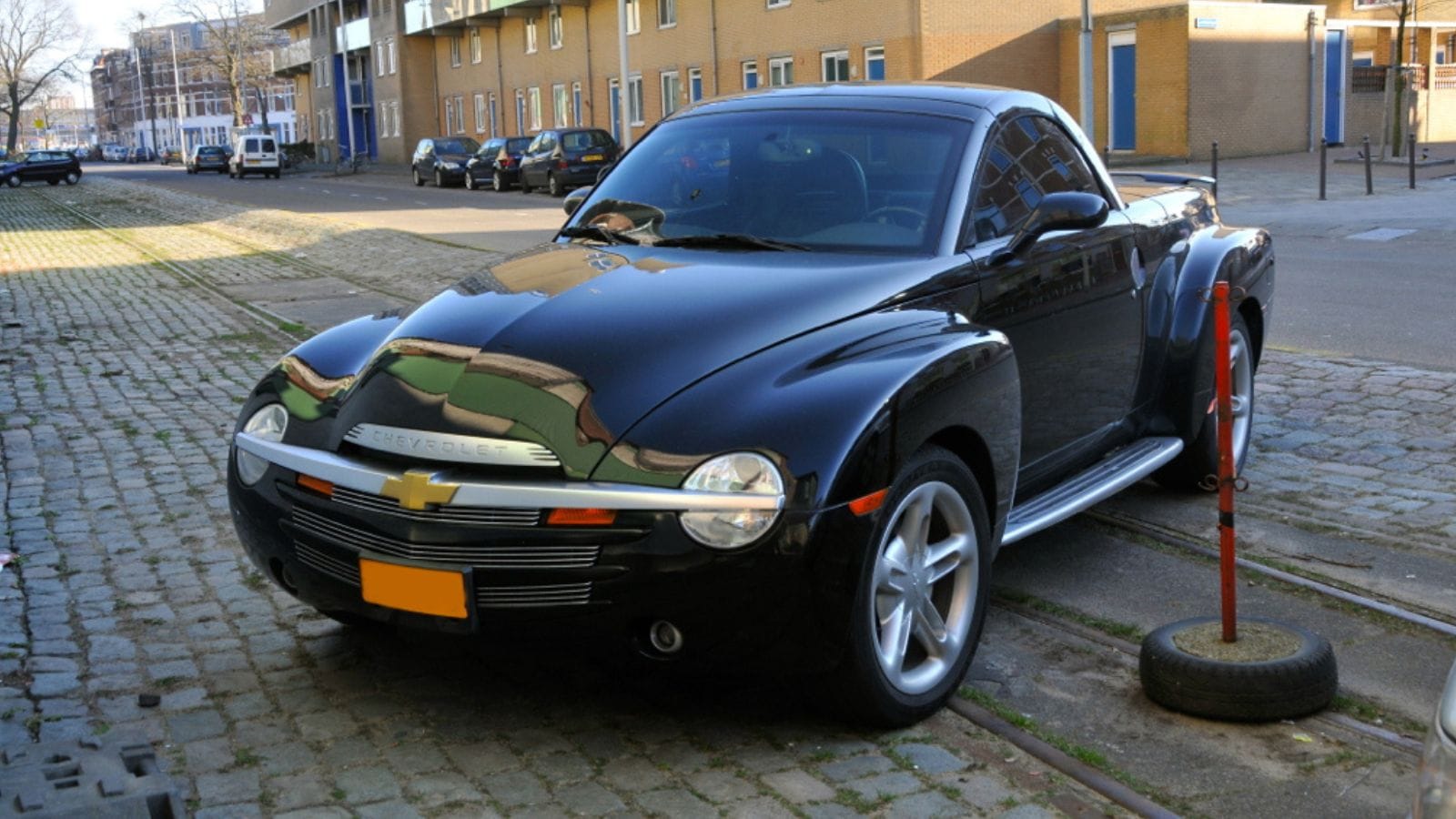
First shown as a concept in 2000, the Chevrolet SSR looked like a modern retro pickup and hot rod rolled into one. It had a retractable hardtop and V8 power, and to everyone’s surprise, it entered production in 2003. The SSR was strange, expensive, and not very practical, but it attracted a loyal fan base. Sales were underwhelming, and the car was discontinued in 2006. Still, Chevrolet deserves credit for turning such a wild concept into a real, drivable machine.
Plymouth Prowler (1997)
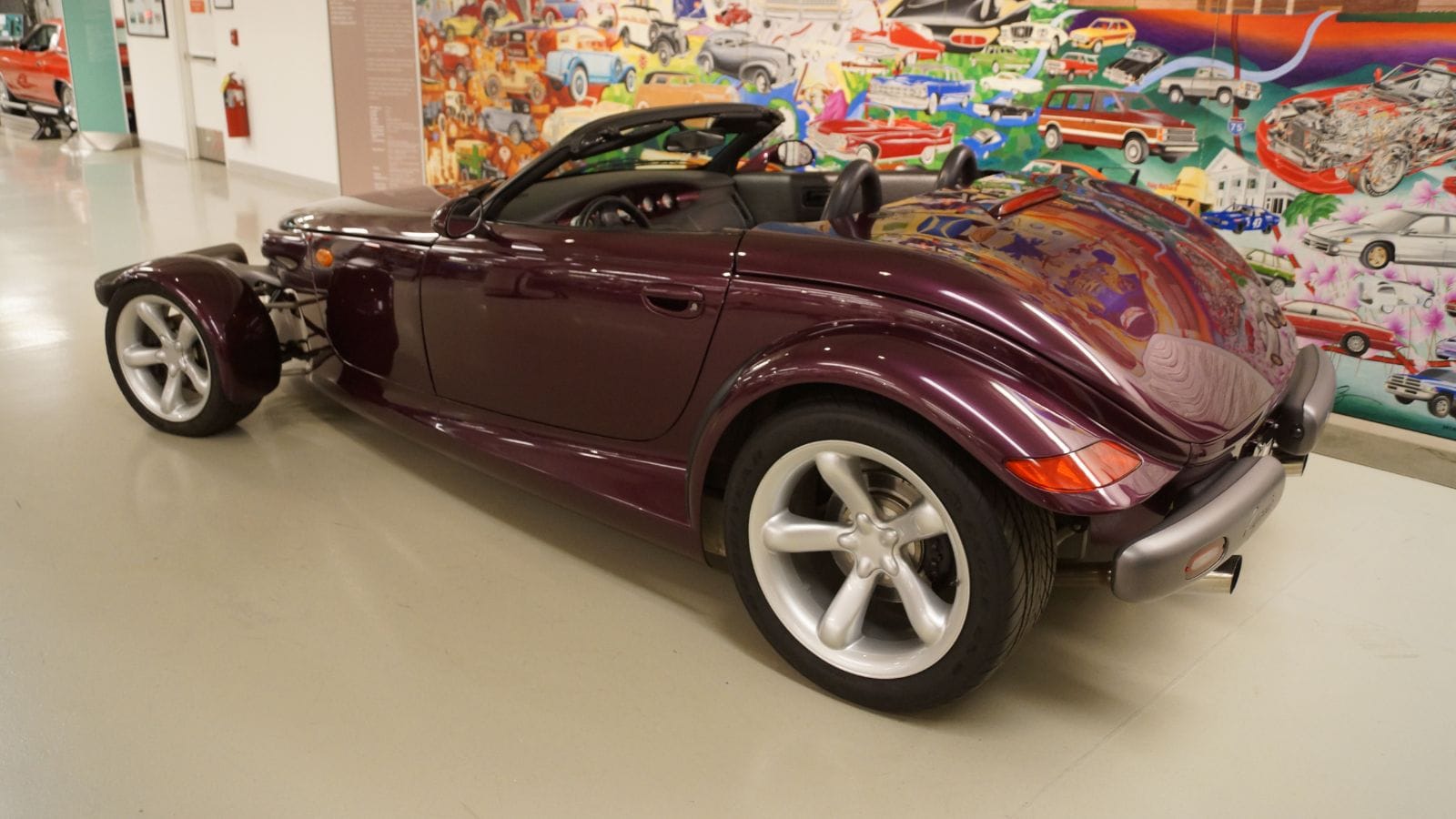
The Prowler began life as a design experiment and stunned crowds when it debuted as a concept in 1993. With open front wheels and a chopped hot rod profile, it looked like nothing else on the road. Chrysler made it a reality in 1997 under the Plymouth badge and later the Dodge badge. Powered by a V6 and lacking a manual transmission, it disappointed some purists, but the styling stayed true to the original vision. It was bold, flawed, and unforgettable.
Jeep Gladiator (2019)

Jeep first teased the idea of a pickup version of the Wrangler in concept form back in 2005. Enthusiasts loved it and begged for production. After years of waiting, the Gladiator finally arrived in 2019. It combined the off road capability of a Wrangler with real truck utility. While it took a long time to reach showrooms, Jeep stayed surprisingly close to the concept’s vision. The Gladiator became an instant hit for people who wanted a go anywhere truck with a drop top.
21 Products Canadians Should Stockpile Before Tariffs Hit

If trade tensions escalate between Canada and the U.S., everyday essentials can suddenly disappear or skyrocket in price. Products like pantry basics and tech must-haves that depend on are deeply tied to cross-border supply chains and are likely to face various kinds of disruptions
21 Products Canadians Should Stockpile Before Tariffs Hit
